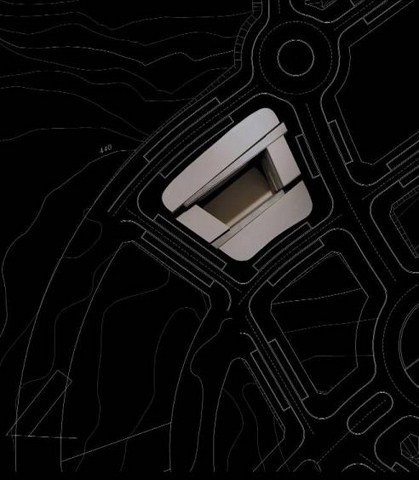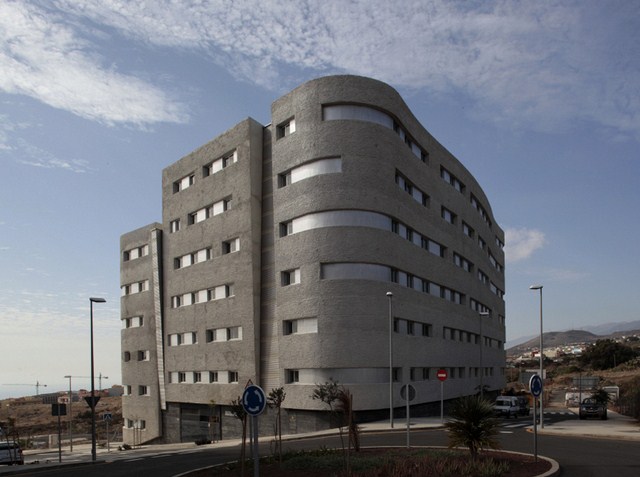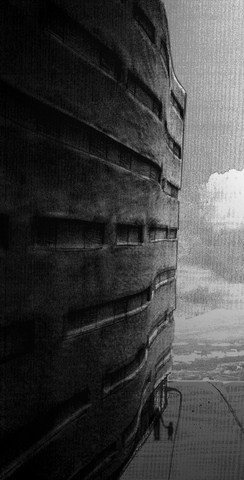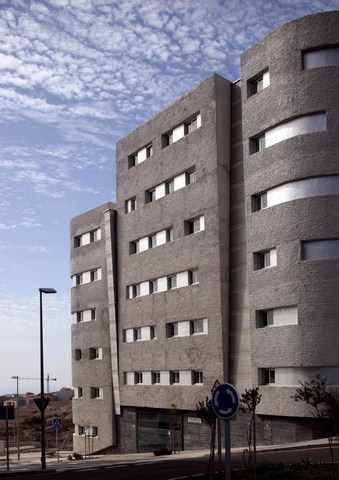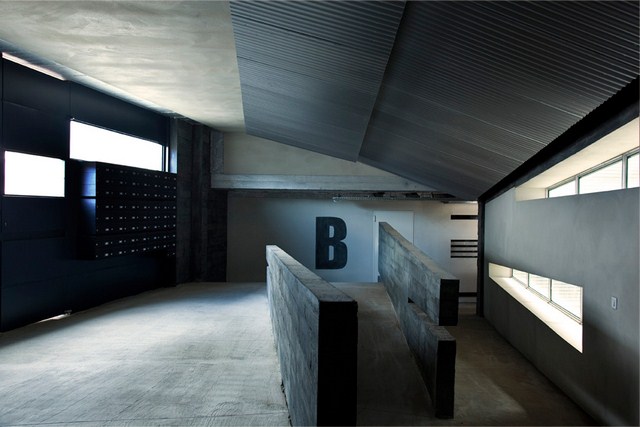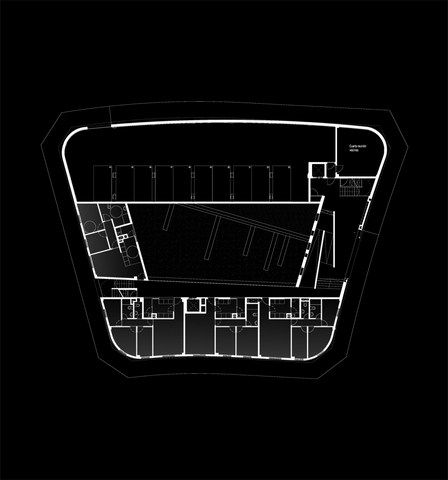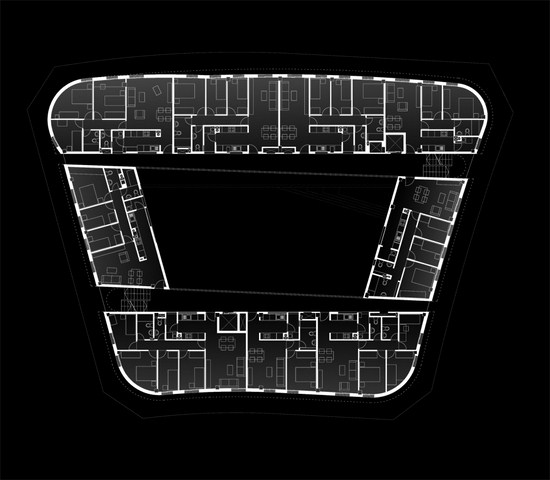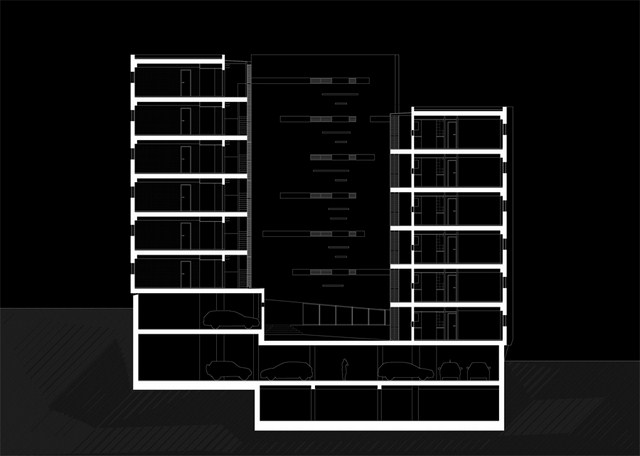This website uses cookies so that we can provide you with the best user experience possible. Cookie information is stored in your browser and performs functions such as recognising you when you return to our website and helping our team to understand which sections of the website you find most interesting and useful.
Social Housing Los Alisios
Technical data:
Architect: Fernando Menis
Location: La Laguna. Tenerife. Spain.
Use: Residential.
Status: Built 2006.
Total built: 5988,78 m2.
Budget: 2.665.223,99 euros.
Description: The commission for this social housing building was the result of a competition where Menis’s entry won. Budget is the major constraint when designing social housing and it is only by balancing and by using affordable materials and systems, by designing strategies to transform them into efficient spaces that housing can be provided to families and people of low incomes. The hostile topography of the site and the exposure to strong trade winds also played a major part in developing the design for this building.
One of our first objectives was to design a building that, from a formal point of view, would reflect the natural environment- the wind, the mountains, the light. At the same time, we wished to create something that would add value to the urban landscape. The architect’s most challenging mission is to create a project that is both affordable yet through design it is able to achieve an aesthetic quality that is powerful on an urban scale.
The façades show the absence of edges, corners are rounded, the entire building undulate, like slightly moving in response to the trade winds pushing against its walls. The building has got two modules, which are divided in four parts; two by two, maximizing the manner in which they fit into the contours and undulations of the topography. Cuts into the building’s shell are the galleries, which allow access to the housing and stairways serving as vertical circulation. On the façade, these cuts are expressed as a series of metal sheets protecting the galleries from the sun. Their shapes are sharp and contrast with the smooth contours of the building’s façades.
The housing program meets the requirements of MUVISA, the City Housing Authority that sponsors the development of social housing projects. The building consists of fifty-five homes, the majority of which have three bedrooms, though there is also a small portion with configurations designed for a single person, two people, or even four people. It was also required by MUVISA that a percentage of the flats should be designed for elder people. All homes have street views and the internal plumbing and water services are accessible within the building’s galleries; this of course allows the easy repair, sheletered from harsh whether but it also allows the façade to be characterized by its design rather than the facilities of the inhabitants.

 Español
Español
